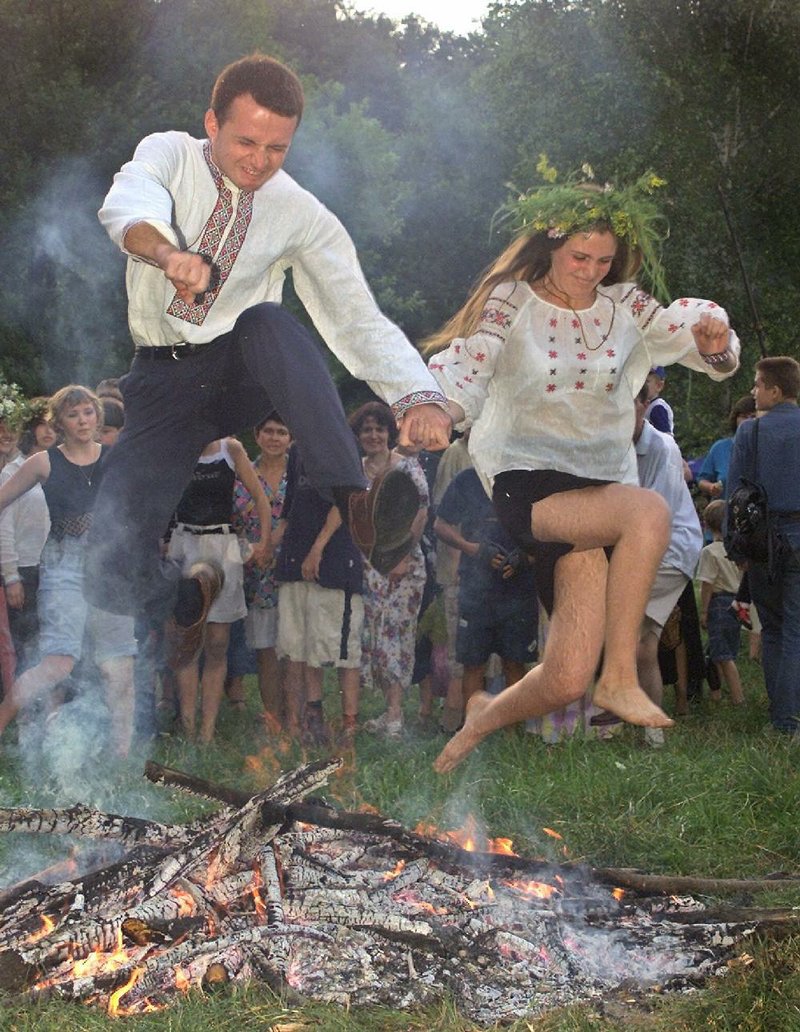LITTLE ROCK — Dear Otus,
Dang. First we don’t have the end of the world as the Mayans predicted, then we have to deal with the onset of winter. I never can figure out this solstice and equinox stuff.
- Phelan Rapp, Piggott
Dear Phelan,
It was wholly a pleasure to hear from you and to congratulate you on surviving the Mayan apocalypse. I hadn’t seen such concern since all that Y2K mess.
But then there’s the “fiscal cliff” looming. We can all fret over that for a couple of more days.
Meanwhile ... Yes, it is true. We can stop quoting Game of Thrones by saying, “Winter is coming.” Winter is finally officially here. It’s my favorite season and it arrived eight days ago with the annual winter solstice.
Solstice? Equinox? You are not alone in your consternation. A lot of folks get confused about the difference between the two, but it’s easy to remember if you simply use the basic Latin that you learned in Frank Kent’s class at Hall High School.
Granted, that was so long ago that dinosaurs (albeit little ones) still roamed the campus, but Latin sticks with you.
Equinox comes from combining the Latin root words equilibrium and noxzema, meaning “balanced cleansing.” The equinox occurs on the date when daylight and darkness are balanced exactly the same.
Solstice derives from the Latin words sol, meaning “sunny,” and stice (pronounced “suh-TEE-kay”), which comes from stitio, a burning brand.
The ancient Romans believed that the winter solstice was the day the Sun god Helios stopped his apparent fiery journey southward, turned his chariot around at the Tropic of Capricorn and started back north again.
This year the winter solstice happened precisely at 11:12 a.m. UTC, Dec. 21.
UTC is Universal Time Coordinated. It’s the time formerly known as Greenwich Mean Time.
Adjusting for time zone differences means winter arrived in Little Rock at 5:12 a.m. It was the shortest day and longest night of the year.
The U.S. Naval Observatory Astronomical Applications Department officially places Little Rock at 34 degrees 7 minutes north latitude and 92 degrees 3 minutes west longitude.
For this precise location, the sunrise on Dec. 21 was 7:13 a.m. Sunset came at 5:02. That means there were only nine hours, 49 minutes and 30 seconds of daylight.
The winter solstice occurs when the sun reaches its most southerly declination of -23.5 degrees.
In other words, it is when the North Pole, including Santa and all the elves, is tilted 23.5 degrees away from the sun.
On solstice day, everyplace above the Arctic Circle is indarkness.
Conversely, all locations below the Antarctic Polar Circle receive 24 hours of daylight.
The winter solstice used to really creep folks out in olden times. They thought the sun was going to go away forever as the days got shorter and shorter. When it dawned on them (note the pun) that the sun was on its way back, they threw wild and crazy winter parties to celebrate.
The biggest blast came from the Romans and was called Saturnalia - a tradition sponsored until recently by Saturn Corp., a subsidiary of General Motors.
Saturn went belly-up in 2010, but the celebration continues.
The pagans of Scandinavia called their winter festivities “Yule,” after the bald winter god, Brennur the Berserker. To celebrate, they burned logs and often each other when they leaped over the fire to purify evil spirits.
That annual tradition continues in Arkansas with the Housut Tuleen Club of Eureka Springs.
The Dec. 25 (pre-Julian calendar) Feast of Sol Invicta (“Unconquered Sun”) was the main celebration for the Germanic Harkonnens and came shortly after the Consualia and Compitalia - the blessing of the fields.
Feeling left out of all the winter fun, early Christians moved their Christmas celebration to Dec. 25 in A.D. 336.
And why not? The Bible actually gives no clue as to exactly when Jesus was born. The only thing of which we can be certain is it wasn’t the end of December.
Since Luke tells us the shepherds were watching their flocks by night, it was most likely spring - lambing season. That’s the only time shepherds bothered staying out all night with the sheep.
Until next time, Kalaka reminds you to be safe when you jump over the bonfire.
Disclaimer Fayetteville-born Otus the Head Cat’s award-winning column of humorous fabrication appears every Saturday. E-mail:
HomeStyle, Pages 32 on 12/29/2012
